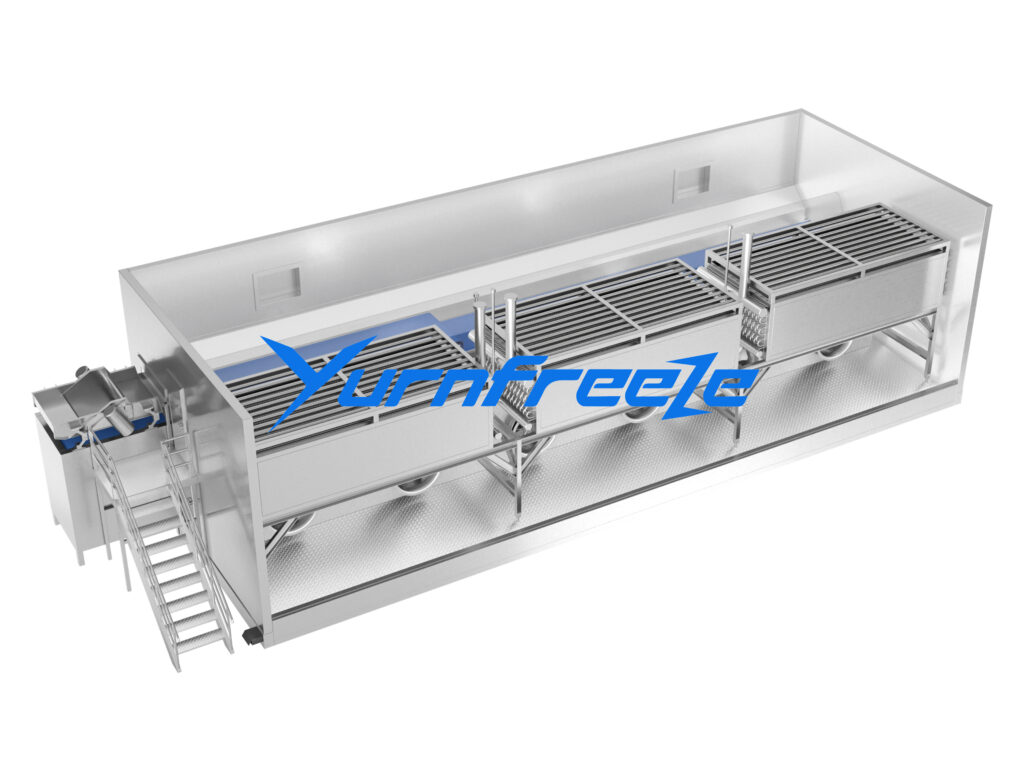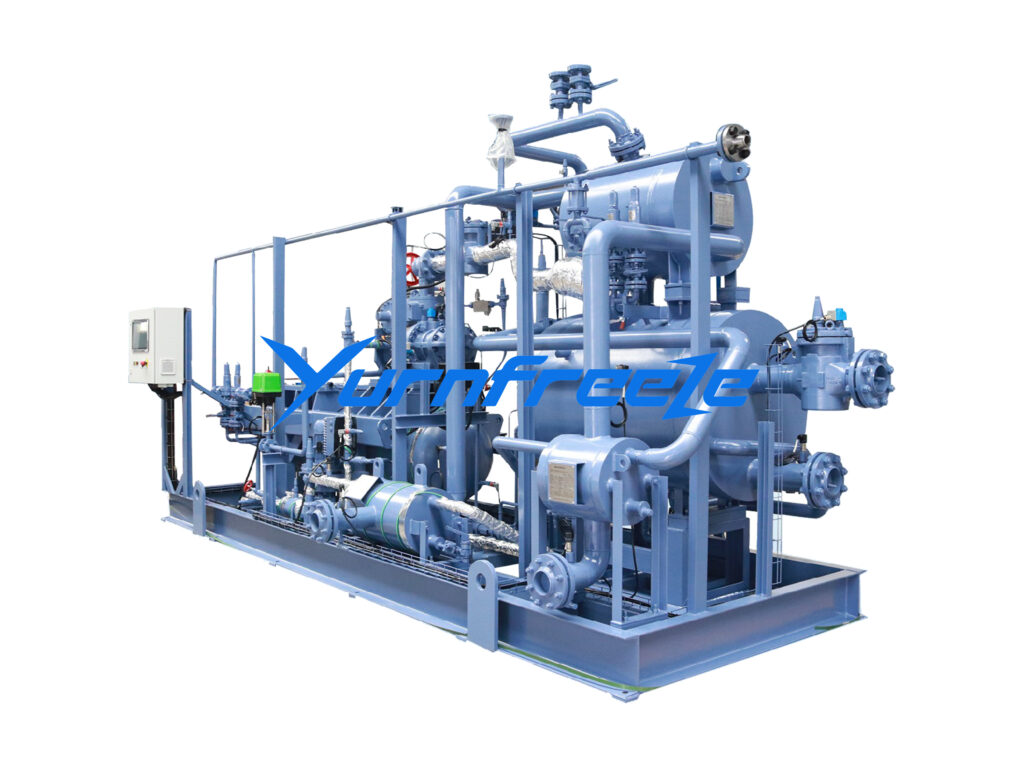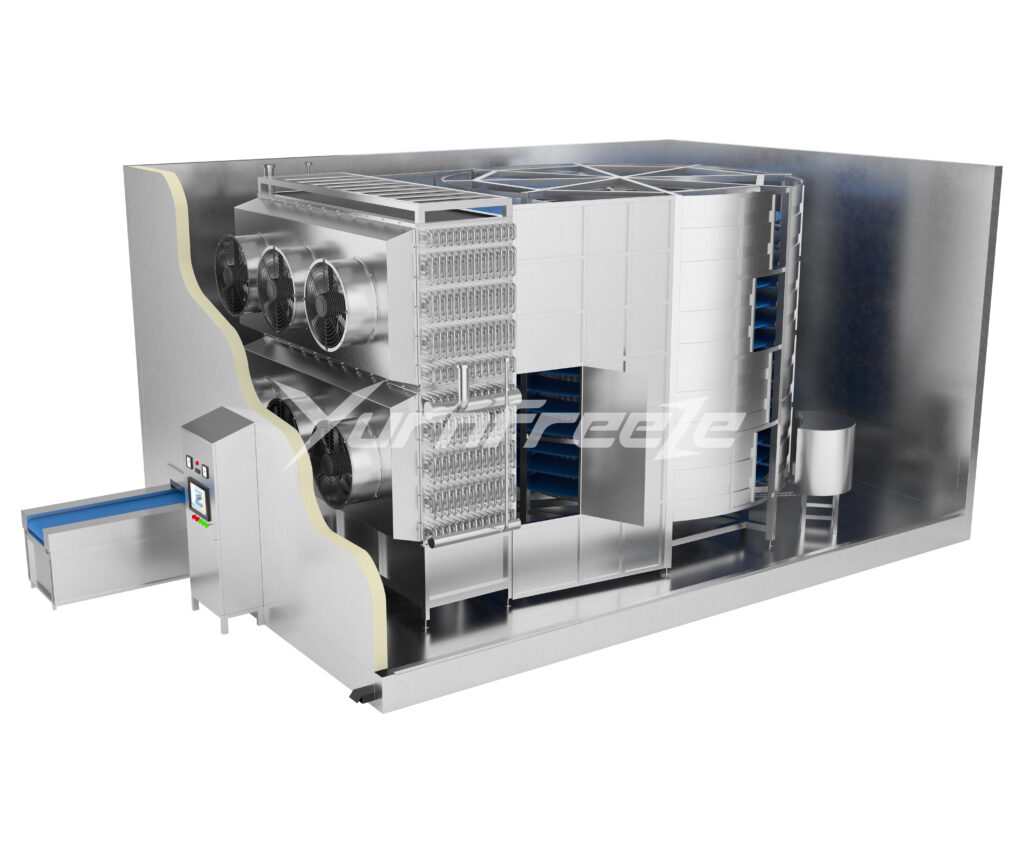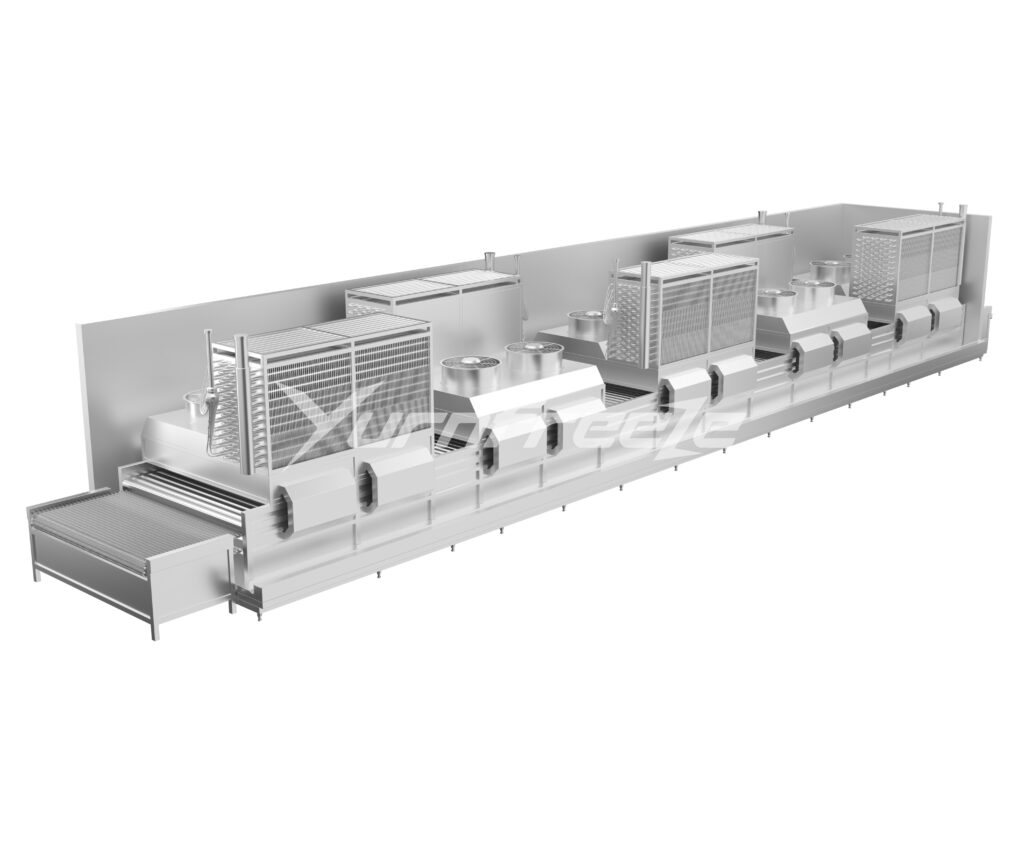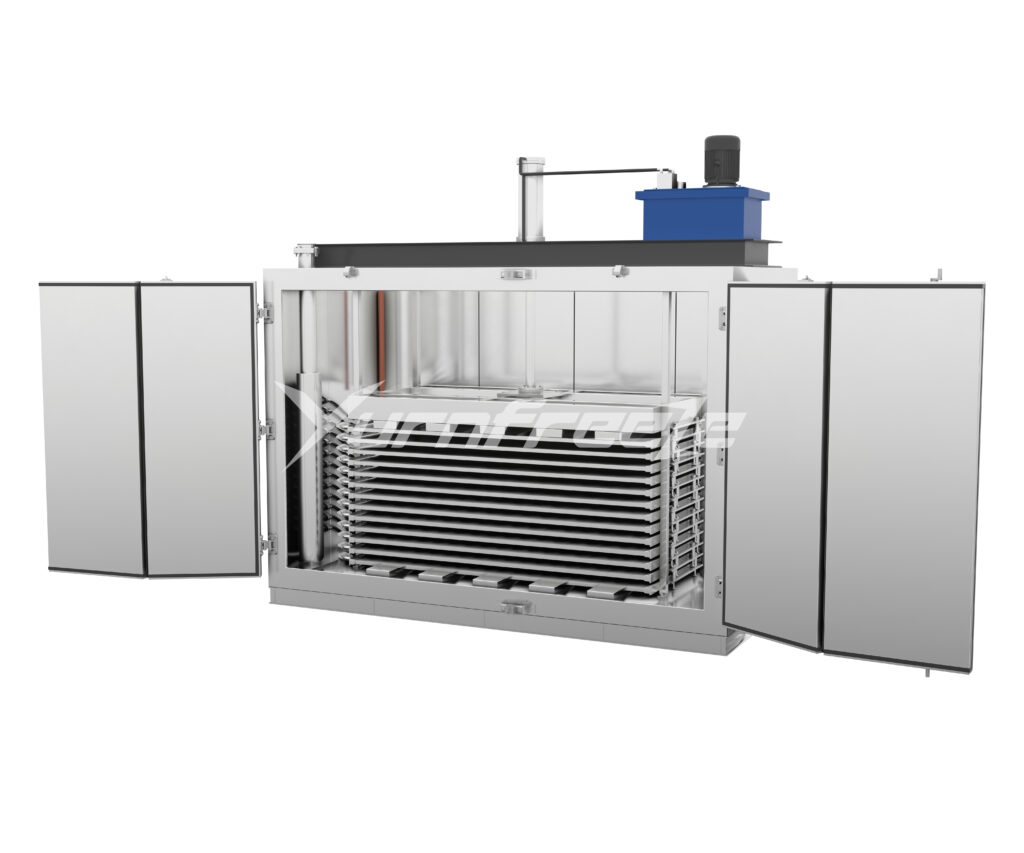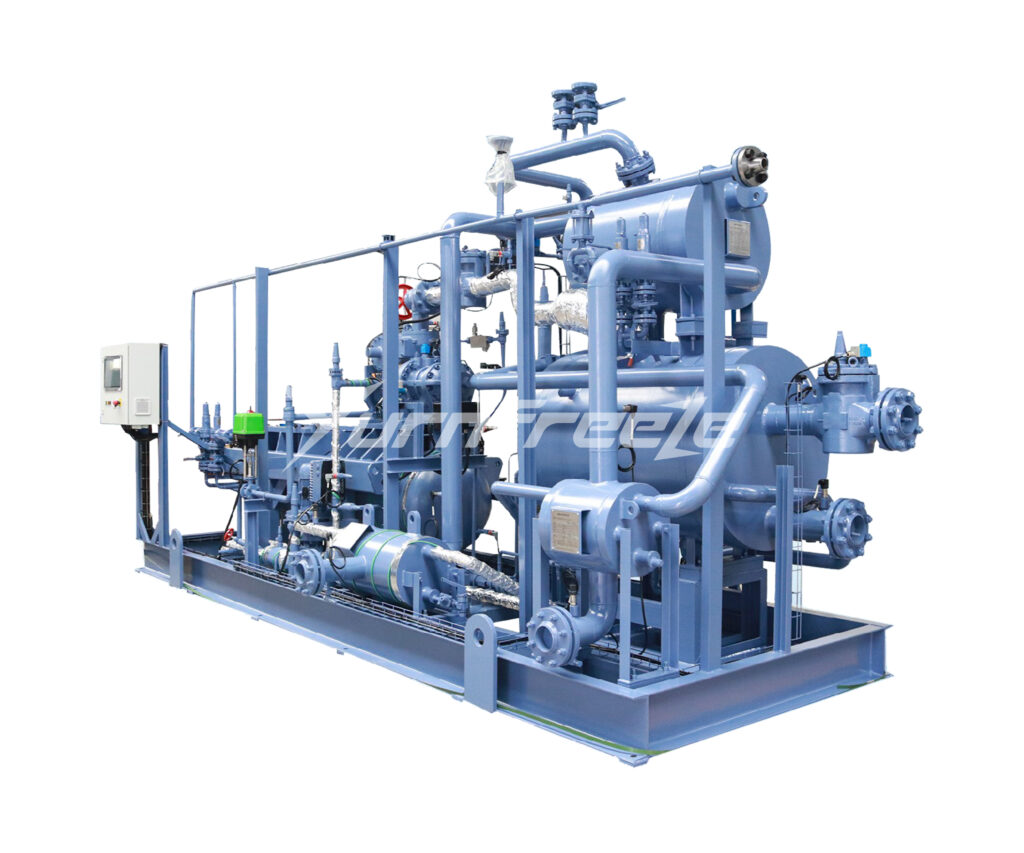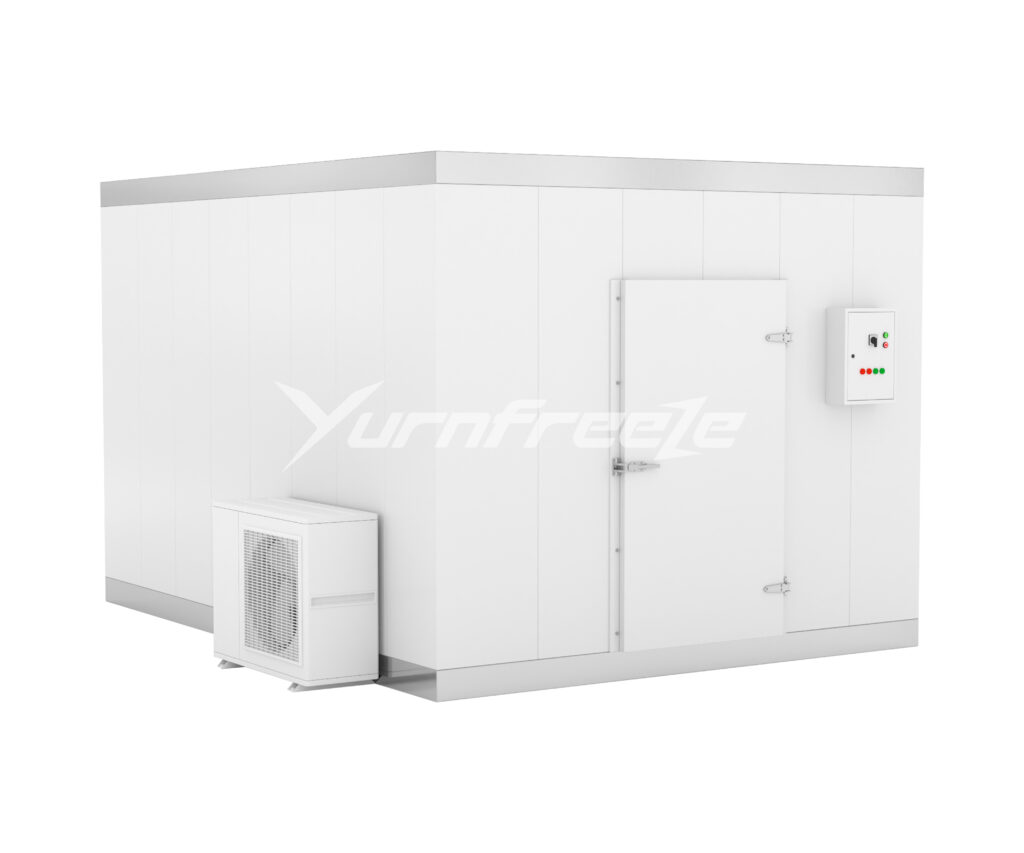Tempura, a famous Japanese fried dish, is a classic representation of Edo cuisine alongside sushi and soba noodles. Its meticulous preparation requires high standards for ingredient freshness and seasoning combinations. However, with the introduction of quick-freezing technology in modern food production, tempura production has become more efficient and stable. This article will detail the traditional tempura-making process and how quick-freezing technology ensures its quality.
Traditional Tempura Production Process
1. Ingredient Selection
The deliciousness of tempura starts with the choice of ingredients. Traditionally, tempura uses fresh seafood and seasonal vegetables, such as shrimp, fish, mushrooms, and eggplants. Selecting tender, appropriately water-content ingredients ensures that tempura maintains its best texture and appearance during frying. For high-quality tempura, seafood with moderate fat content and tender vegetables are typically chosen.
2. Battering Process
The battering process is crucial for maintaining tempura’s unique texture. This involves mixing the ingredients with batter and frying them quickly. Tempura batter is usually made from flour, eggs, and cold water, and should be kept thin to ensure a crispy coating after frying. During battering, precise control of oil temperature and time is necessary, usually between 170°C and 180°C. Frying time is typically 2 to 3 minutes to ensure a golden, crispy exterior while keeping the interior tender.
3. Heating
Traditional tempura achieves its distinctive crispy texture through frying. However, with the advancement of modern production technologies, quick-freezing technology has introduced new changes to tempura production. Quick-freezing can rapidly lower the tempura’s temperature to below -18°C, locking in freshness and flavor while improving production efficiency and product stability.
Quick-Freezing Tempura Production Process
1. Advantages of Quick-Freezing
The application of quick-freezing technology in tempura production significantly enhances product quality and shelf life. Rapid cooling prevents moisture loss and odor infiltration, maintaining tempura’s texture and color. This method not only boosts production efficiency but also provides a reliable solution for large-scale production.
2. Role of Large-Scale Freezing Equipment
Large-scale freezing equipment plays a critical role in quick-freezing tempura. These include spiral freezers and fluidized bed freezers, which can cool tempura to very low temperatures in a short time. For instance, spiral freezers can efficiently perform quick-freezing in continuous production lines, ensuring each piece of tempura is evenly cooled and maintains optimal quality.
3. Post-Freezing Processing
Post-freezing tempura requires cooling and packaging. The cooling phase typically occurs in a cooling room, where temperature and humidity control are crucial for maintaining the appearance and texture of tempura. During packaging, it is essential to ensure airtight sealing to prevent moisture loss and external contamination. Storage under refrigeration conditions can extend the shelf life of tempura, ensuring product quality during transportation and sales.
Combining Tempura Consumption with Quick-Freezing Technology
Quick-frozen tempura is increasingly common in modern dining establishments. Many restaurants and food companies use quick-freezing technology to meet the demands of large-scale supply. Quick-frozen tempura not only ensures food freshness and taste but also enhances production efficiency and reduces operational costs. Moreover, the introduction of quick-freezing technology makes tempura supply more stable and reliable worldwide.
Conclusion
Tempura, as a traditional Japanese delicacy, combines meticulous production techniques with quick-freezing technology, offering new possibilities for modern food production. With the application of large-scale freezing equipment, tempura can be supplied globally to higher quality standards, meeting consumers’ demands for delicious food. If your production line needs efficient and reliable quick-freezing solutions, our large-scale freezing equipment will be an ideal choice. Our equipment ensures high quality for tempura and other frozen foods while improving production efficiency and reducing operational costs. Contact us to learn more about our products and services, and we will provide you with the best solutions.
Join Yurnfreeze and Start Your Journey to Efficient Freezing
Yurnfreeze Tech Co., Ltd is more than just an equipment manufacturer—we’re your trusted partner in food processing. Our dedicated technical team is here to support you every step of the way, from solution design to after-sales service, ensuring your production line runs seamlessly. Visit our website at www.elephantelf.com to learn more about our self-stacking spiral freezers, or reach out to us at info@elephantelf.com to get a customized freezing solution tailored to your needs!





